White tea is known for its simple, natural processing, making it one of the most unadulterated forms of tea. It doesn’t have the strong, distinctive characteristics of other tea types, but it offers a subtle, sweet flavor that tea connoisseurs appreciate. Here’s how to taste and appreciate a good white tea.
Why White Tea Often Tastes Sweet
White tea, with its subtle and natural processing, is often characterized by its sweet taste. This sweetness can vary from the fresh sweetness of new white tea to the rich, mellow sweetness of aged white tea. Here’s a closer look at what makes white tea taste sweet and how to appreciate its unique flavor.

Amino Acids in White Tea
One of the key components contributing to the sweetness of white tea is its high amino acid content. During the withering process of white tea, enzyme activity increases, leading to the hydrolysis of proteins and the formation of amino acids, which enhance the sweet and umami flavors.
- Amino Acid Content: White tea contains 2-3 times more amino acids than other types of tea.
- Impact on Flavor: Amino acids significantly influence the flavor profile of white tea, contributing to its fresh and sweet taste. They also improve the aroma, enhance the color of the dried leaves, and positively affect the tea liquor's color.
Sugars in White Tea
The presence of sugars in white tea also plays a crucial role in its sweet flavor. Tea leaves contain various types of sugars, including monosaccharides, disaccharides, and polysaccharides. Soluble sugars, primarily monosaccharides and disaccharides, are essential for the flavor and texture of white tea.
- Soluble Sugars: These sugars are responsible for the sweetness and viscosity of the tea liquor, contributing to the perceived "sweetness" and "thickness" of the tea.
- Processing Impact: During the processing of white tea, particularly during withering, the heat and enzymatic activity promote the hydrolysis of polysaccharides into soluble sugars, enhancing the sweet taste.
The Taste of Good White Tea
White tea, with its minimal processing, offers a subtle yet complex flavor profile that can be appreciated through careful tasting. Despite its seemingly simple nature, a good cup of white tea can provide a rich and enjoyable experience. White tea is generally classified based on the tenderness of the leaves: Silver Needle, White Peony, and Tribute Eyebrow. Each type has its own unique flavor characteristics.
Silver Needle - Fresh and Fragrant
Flavor Profile:
- Freshness and Hao Aroma: The hallmark of Silver Needle is its fresh taste and distinctive “hao” aroma (the smell of the fine white hairs on the leaves). A good Silver Needle tea has a pure, clean fragrance, a clear and bright liquor, and a fresh, tender taste.
- Texture: The flavor is delicate but not thin. The tea soup has a thickness to it, akin to the top layer of congee, making it smooth and satisfying, unlike plain water.
Brewing Recommendation:
- Temperature:90°C
- Time: Around 15 seconds
White Peony - Rich and Sweet
Flavor Profile:
- Sweetness and Fullness: White Peony offers a rich, sweet taste with a pure, floral fragrance and a hint of the hao aroma. The tea soup is thick and fullbodied, providing a more complex flavor due to the presence of both buds and leaves. Depending on the processing, it can present a variety of flavors, such as floral or fruity notes.
- The flavor of White Peony can vary significantly depending on the region where it is grown, the altitude, and the local microenvironment. Different processing methods also contribute to the diverse flavor profile of this tea.
Brewing Recommendation:
- Temperature:95°C
- Time: Around 20 seconds
Tribute Eyebrow - Delicate and Sweet
Flavor Profile:
- Subtle Sweetness: Tribute Eyebrow is known for its sweet, mellow taste. The presence of older leaves and stems gives the tea a more pronounced sweetness, although it might not be as smooth or refined as Silver Needle or White Peony. It offers a more balanced and gentle tea soup.
- Tribute Eyebrow can be aged to develop a richer, more intense flavor over time. While fresh Tribute Eyebrow is sweet and delicate, aged Tribute Eyebrow becomes more robust and flavorful.
Brewing Recommendation:
- Temperature:100°C
- Time: Around 20 seconds (longer for compressed tea)
Tips for Identifying Good White Tea
Appearance: Highquality white tea leaves are covered with fine white hairs, and the leaves should be whole and wellpreserved.
Aroma: Smell the dry leaves. A good white tea often has a fresh, beanlike fragrance. If it smells clean and has a hint of the hao aroma, it is likely to be a good tea.
Taste: Take small sips and let the tea linger in your mouth to fully appreciate the sweetness and complexity. Notice the texture and how it coats your mouth.

White tea’s simple processing belies its rich and nuanced flavor profile. From the fresh and fragrant Silver Needle to the rich and sweet White Peony, and the delicate sweetness of Tribute Eyebrow, each type offers a unique tasting experience. By understanding these characteristics and following proper brewing techniques, you can fully appreciate the subtle complexity and natural sweetness of white tea.

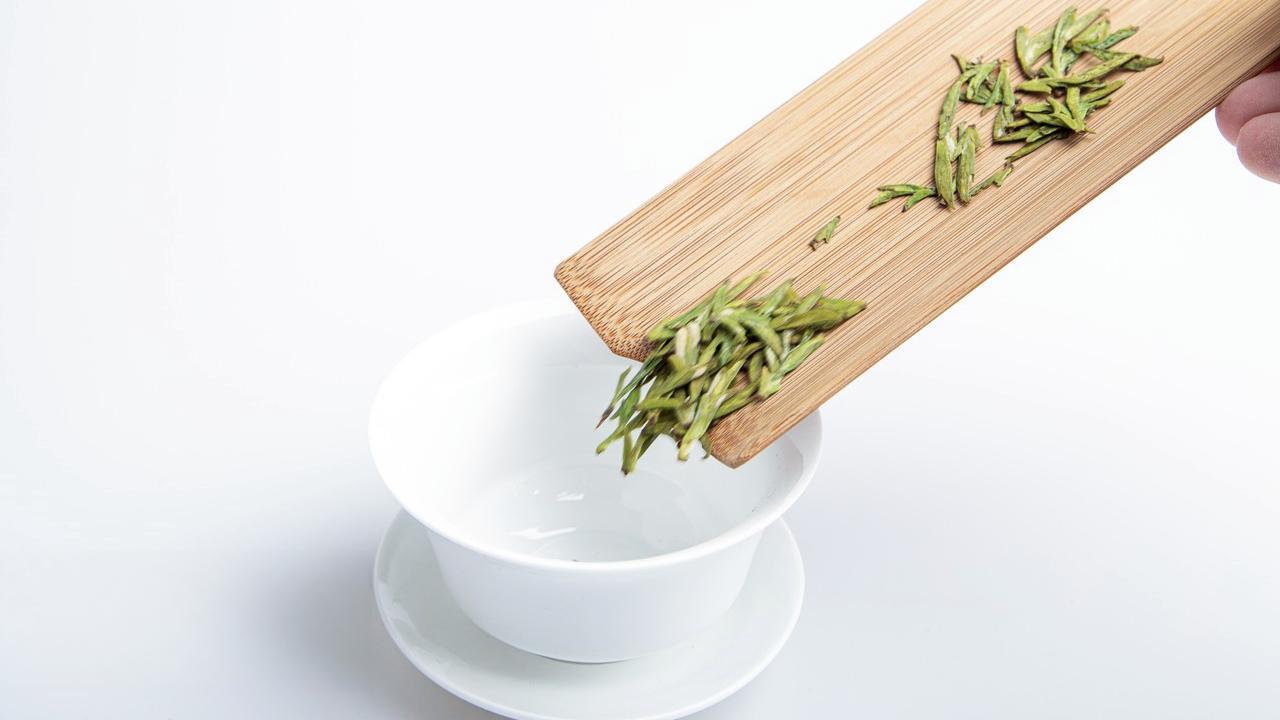
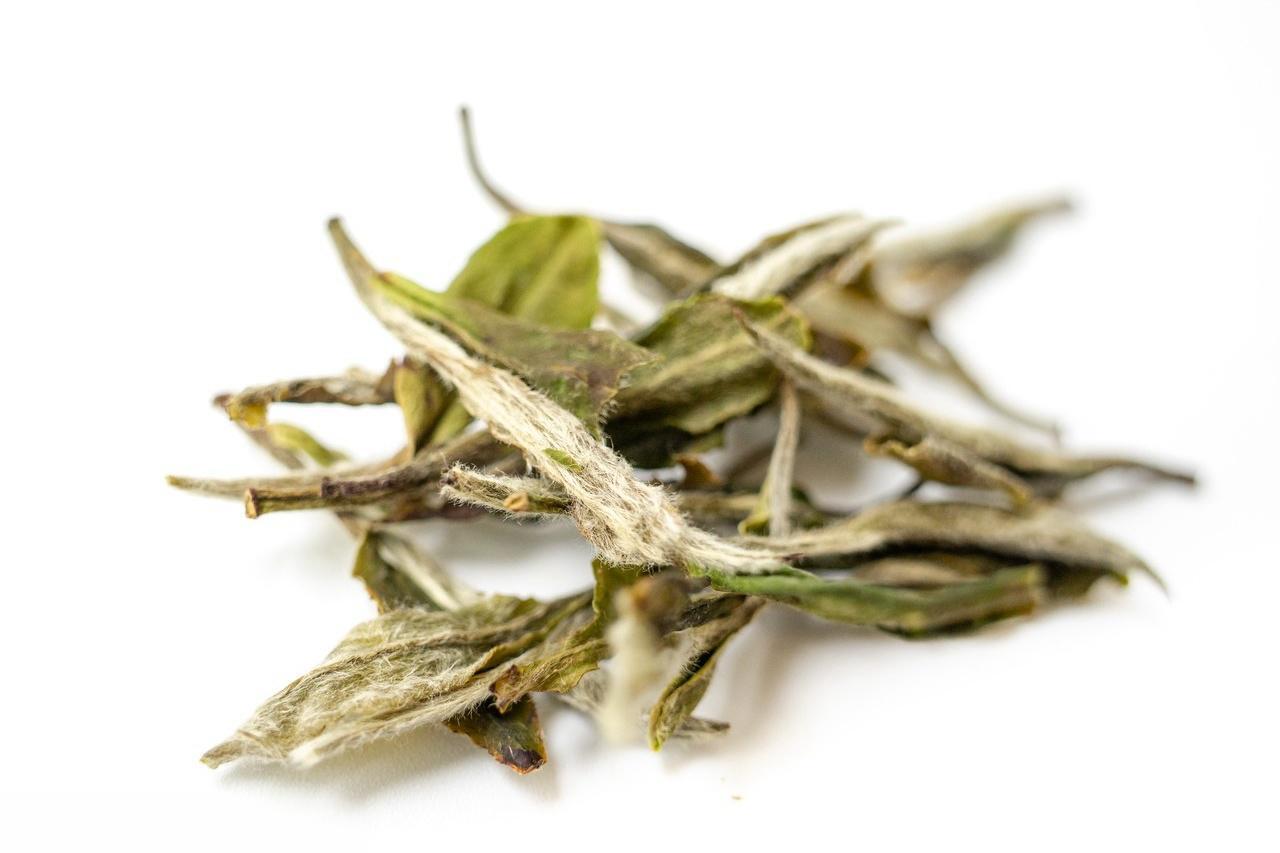
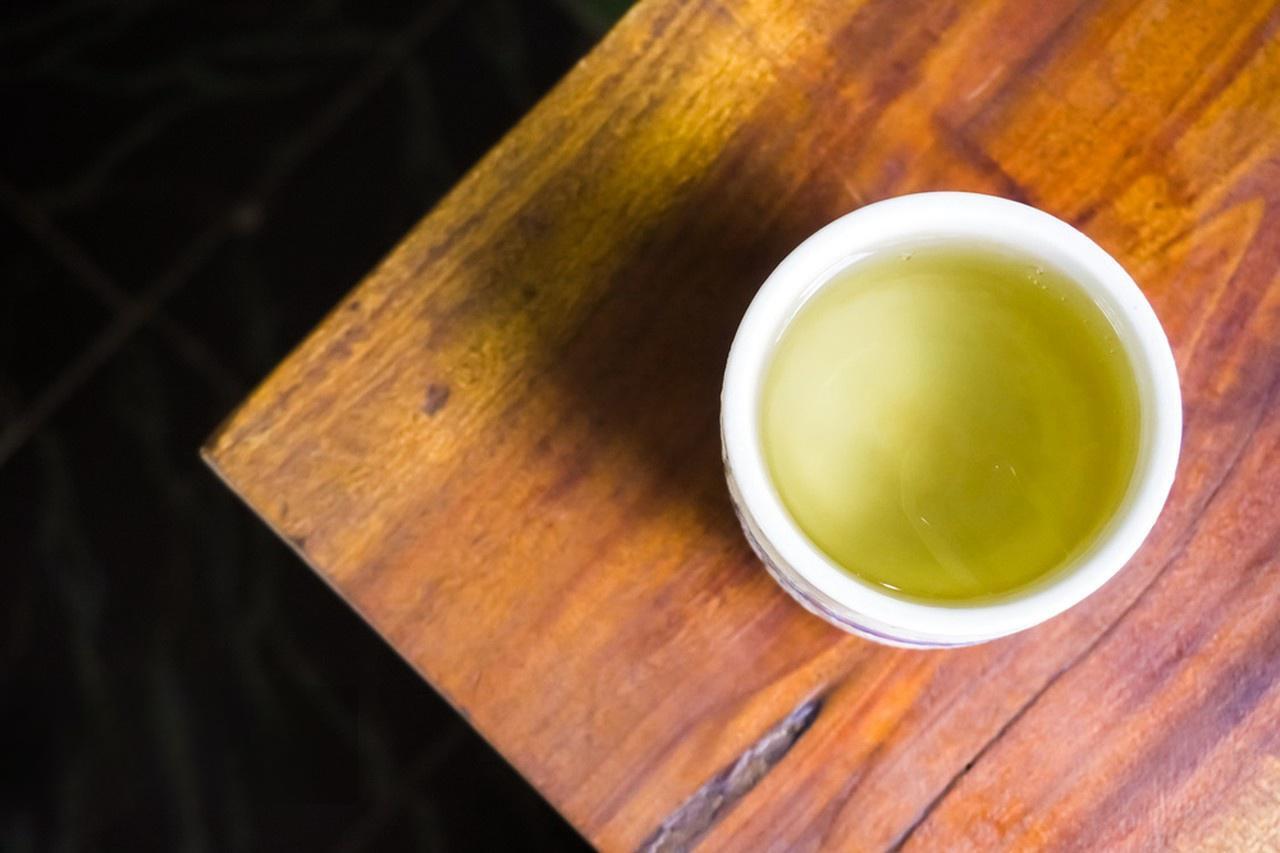
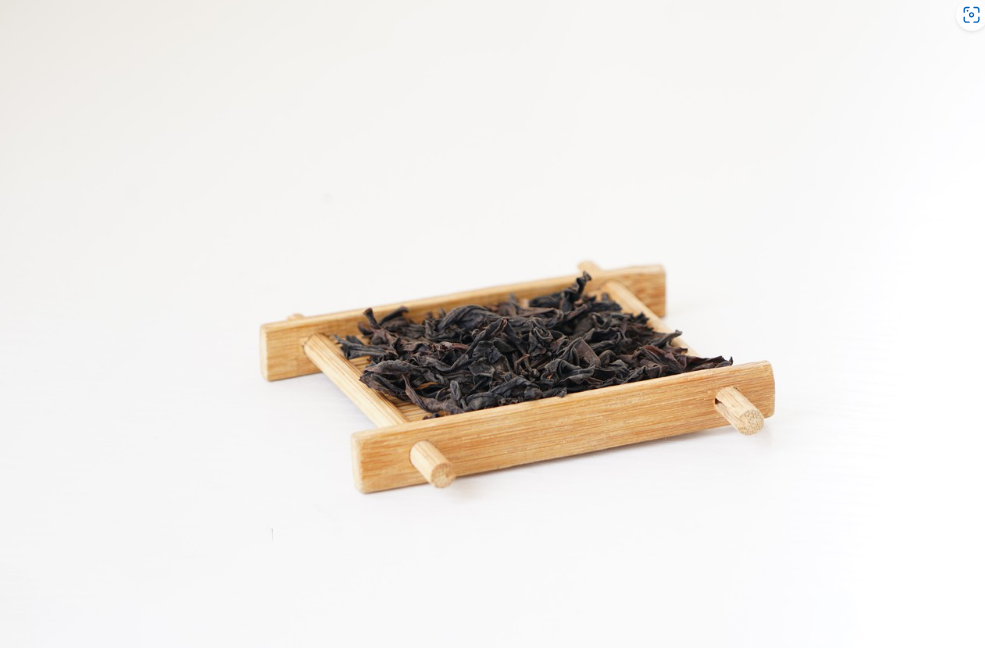
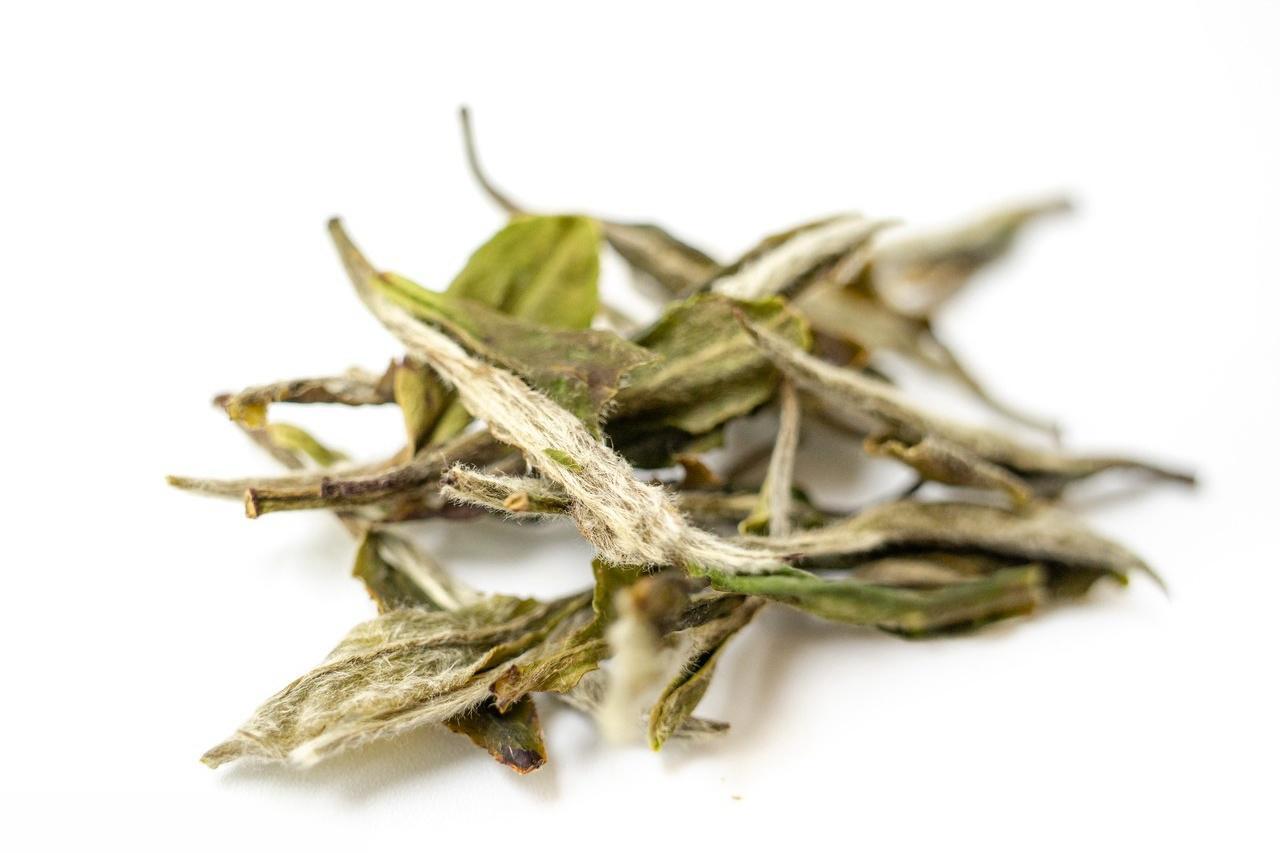
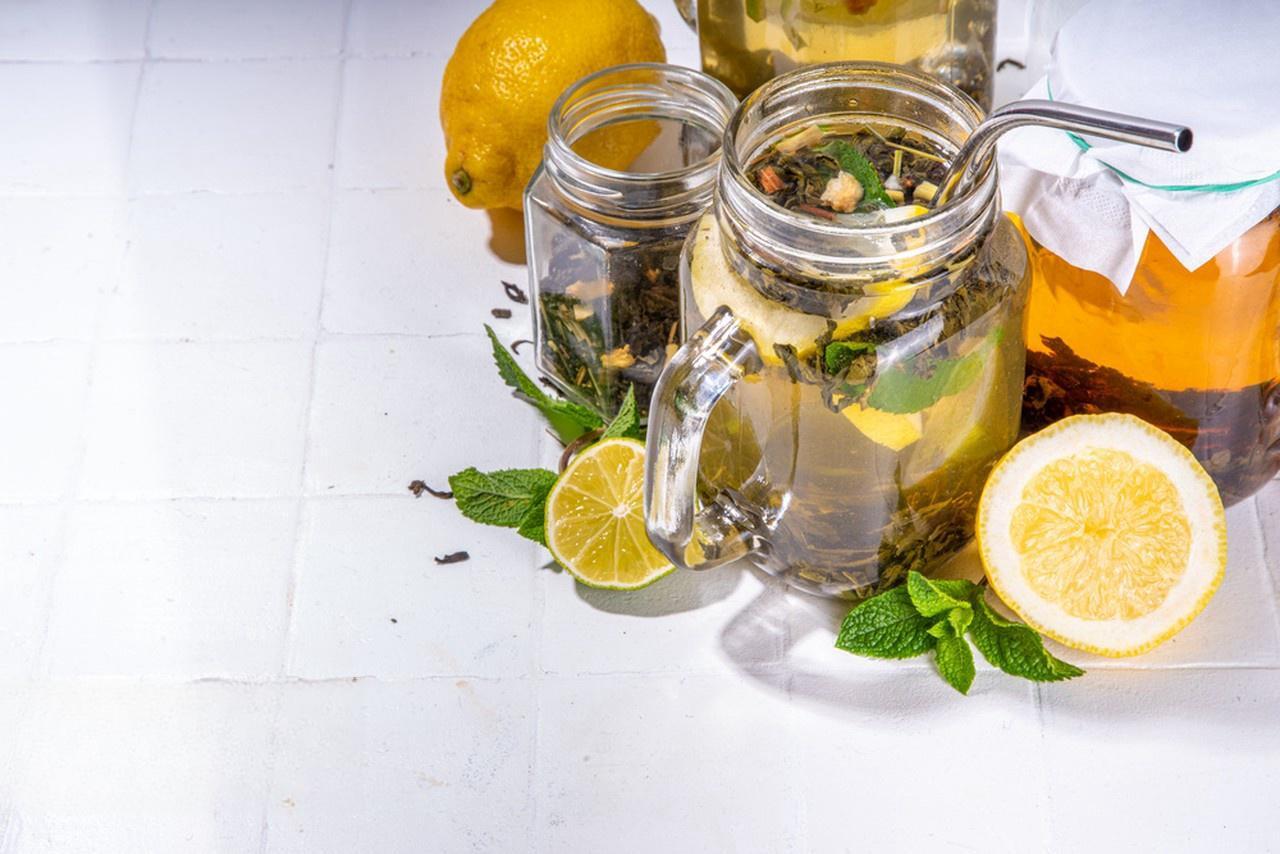
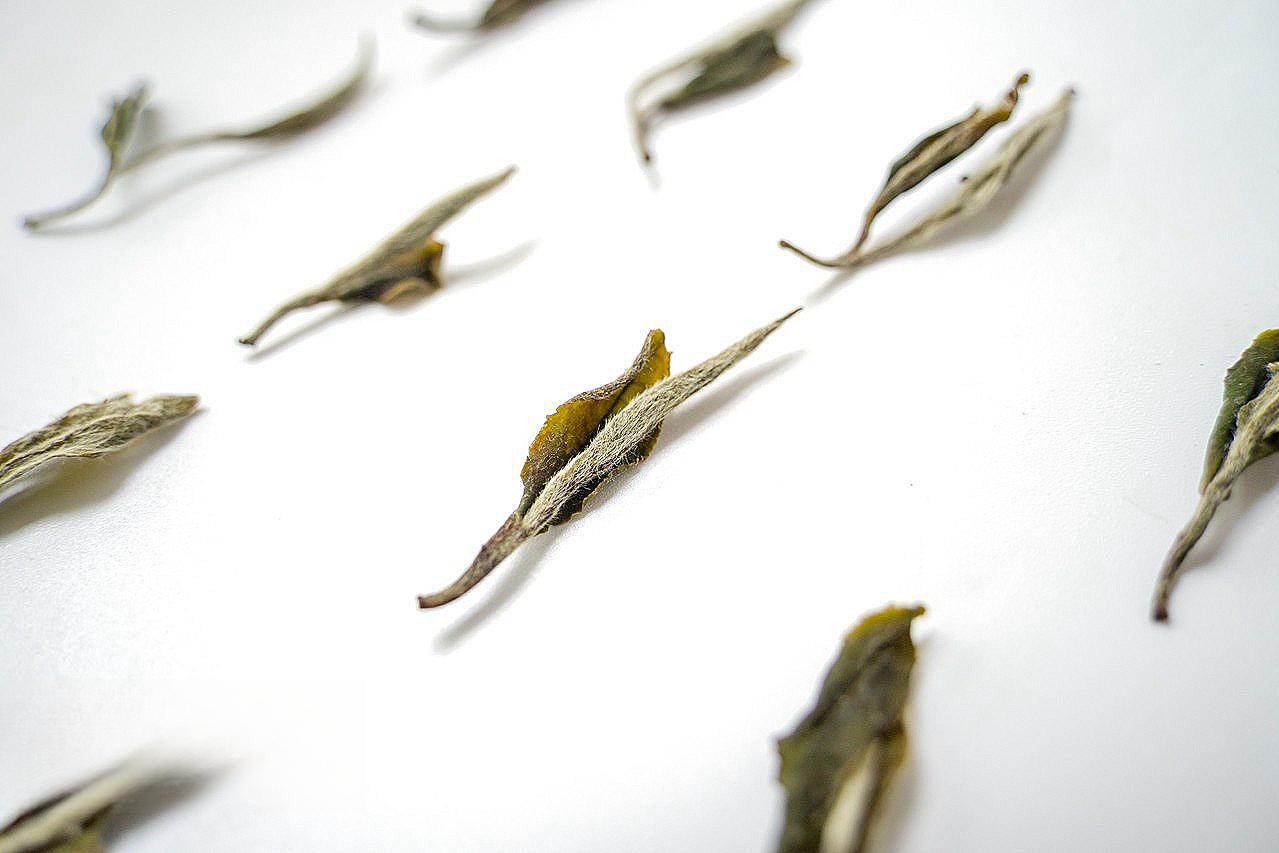
Leave a comment
All comments are moderated before being published.
This site is protected by hCaptcha and the hCaptcha Privacy Policy and Terms of Service apply.